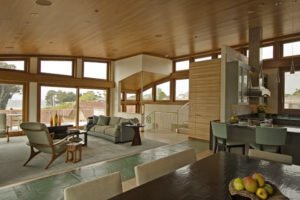
Lumber users have come to expect certain general specifications from their wood such as commonly available lengths and widths. However when talking about Teak those specifications play by their own rules. The reality is that is not so much the tree’s natural limitations but the market driven price point that effects how Teak is available.
Between sheer distance from forest to lumber yard and economic sanctions preventing purchases direct from the source, the Teak board foot price has been steadily climbing for decades. With most species premium quality will always demand a higher price while unstable, short, narrow, and defected boards sell for less or never make it to market in the first place. It is to the point now with Teak where every last inch of the tree is just as valuable and therefore most of it makes it to market in shipments from Asia.
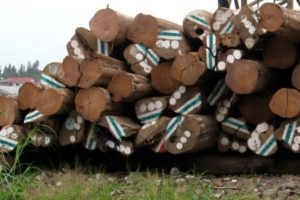 When we receive a load of lumber from either domestic or exotic we expect a certain percentage of narrow and short boards. This same thing applies to Teak but in most cases the percentage is higher. For that matter, a “short” refers to anything under 8 feet long. For Teak, shorts are 6′ and under making the short percentage of load even higher.
When we receive a load of lumber from either domestic or exotic we expect a certain percentage of narrow and short boards. This same thing applies to Teak but in most cases the percentage is higher. For that matter, a “short” refers to anything under 8 feet long. For Teak, shorts are 6′ and under making the short percentage of load even higher.
As Teak grows in popularity for applications outside the traditional marine use, quality demands rise. Straight, vertical grain, FEQ grade Teak is what everyone wants. This is an even smaller percentage of the normal yield. It is still possible to get this high quality but a larger overall volume must be purchased to meet the needed yield of FEQ, long, and wide Teak that many builders and designers request. As demand rises, logs are getting smaller yielding less FEQ quality Teak. This is the one natural limitation behind all this. However, the market value of the logs has grown despite the lower percentage of FEQ contained in each log.
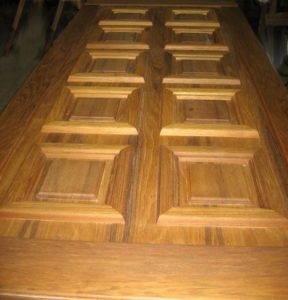
What does this all mean? Stop buying Teak? Not at all! The US market needs to be aware that there is a lot of Teak available that is not 12 feet long and 8″ and wider. These sizes will be sold at an even higher premium because of the volumes required to glean out these specifications. Teak specifications in general are small and shorter that other species so the designer or builder creating the specifications for their project will reap rewards by working with a 6 foot length and 6″ and under width. Anytime, more of the log can be used, the less waste is created meaning less stock has to be absorbed by the rest of the log.
Call this value engineering or just good sense, but the savvy user will get a better product at a better price by understanding how these specifications vary for Teak.

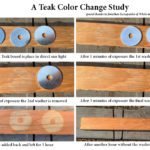
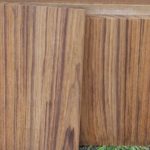


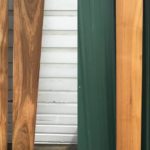
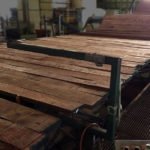


Leave a Reply